We couldn’t be more chuffed to welcome the first new signing of 2022 to our roster, directing duo Michael - Kaine (no, not that one...). We spoke to them all about what keeps them inspired, their high-adrenaline hobbies and going the extra mile to get the shot...
Experience
What do you enjoy most about shooting for brands?
Telling stories is the cornerstone of our work. Meeting new people and getting to know their brands is always a fantastic opportunity to listen to, then shape and present those stories to the world. Every part of the process has its high points. But, in the end, whether it's receiving the first storyboard frames, working in the most incredible locations or watching that first cut come together, it's always the moments where you can feel the story coming to life that feel the best.
Which project has been your most informative to date?
Every project has taught us something we'll never forget. One that stands out was a commercial we made for a luxury concierge service. The piece required us to shoot between a number of South Africa and UK based locations with very little time and limited resources, forcing us to be nimble and efficient. Ultimately that experience showed us how to focus on the essentials and tell an engaging story regardless of how tough the conditions are.
Do you enjoy collaborating with other directors?
We love to collaborate; that's why we became a directing duo!
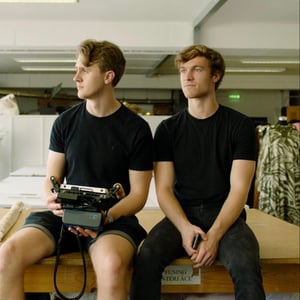
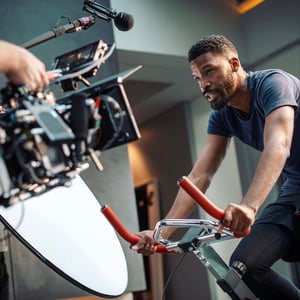
How do you push a script to exceed client expectations?
Listening to the client and building an understanding of what they want is hugely important to us. Our job is to interpret their requirements and carry them through to a final result. With countless decisions being made minute by minute, understanding the client's product and desired outcome as well as they do enables us to not only achieve that desired outcome but use our creativity and expertise to push past what they were expecting.
Which clients have been a dream to work with?
We don't pick favourites; we love all our clients equally. But ones you might have heard of are Breitling, Knight Frank, Puma, Chopard, Calzedonia, Grey Groose, Warner Bros, Land Rover, Savills…
Have you had to work in any challenging locations? How did you handle it?
We've worked in desert storms, snowstorms, regular wind and rainstorms, in some of the coldest and hottest places on the planet, with language barriers, with enough equipment to weigh down a crew of 50 and only the equipment we're capable of carrying on our backs.
When the conditions are their most challenging, it makes you hyper-aware of the voice that says 'That will do…'. Because, when you're waist-deep in snow, ice-cold seawater, or so hot you're cutting the legs off your jeans to make yourself a fashionable pair of Jorts, there's a large part of you that wants to say it's good enough; let's get out of here. The audience doesn't see that hardship, though; they just see the work that wasn't quite as good as it could have been. In those moments of discomfort, it's a reminder to dig a little deeper and listen to the other voice that says, 'It could be better…'.
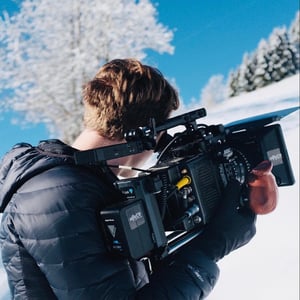
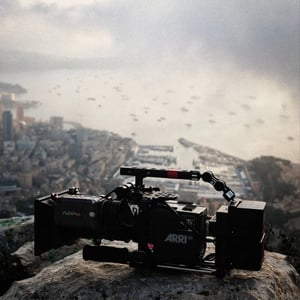
What can film do that other other media forms can't?
Sometimes we get briefs that feel like a film is being given too much responsibility to convey too much information. We think this can lead to scripts that feel bloated and potentially disengaging for the audience. Where, if the responsibility to inform were shared across all forms of media, each genre, platform or type of content could be leveraged for maximum effect. Film is incredibly good at capturing attention, conveying emotion and immersing audience members. Film, photography, print and all other forms of media now more than ever can sit alongside each other to create truly cohesive and powerful campaigns.
Industry
Who is the most important and or influential person for you in the world of film right now?
There are many important and influential people in the industry right now doing amazing work and pushing for enormously positive changes. One of the things we love most about the industry today is how much more democratised it has become and how the power of one or a few is becoming less important than the consensus of the industry on the whole.
What concept, idea or technique do you think is most underused? Which is overhyped?
For us, story and character are most important and underused because they can never be overused; there are always stories that haven't been told and characters that haven't yet been seen. All new technology that offers something genuinely different goes through a stage of being overhyped, but as we've seen with digital cameras, gimbals, drones and eventually with POV drones, these things find their strengths and become enormously powerful tools in specific applications. Just not for every application.
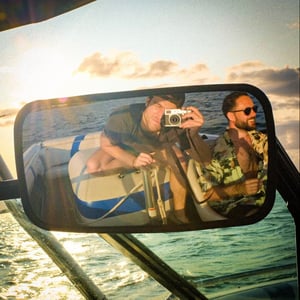
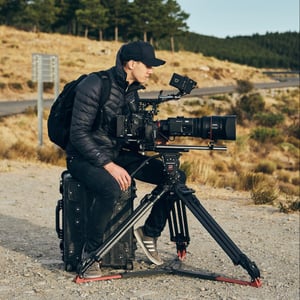
What recent technological innovation has had the biggest impact on your work?
Digital cameras and online advertising made our and so many other filmmakers' career's possible.
How are immersive forms of filmmaking set to influence your work?
As the platforms for advertising evolve and change, we're excited to adapt with them. The core storytelling aspects of our work are fundamental and never changing; the challenge of using new tools and techniques to tell those stories is refreshing and energising. We're big proponents of VR and keep our ears close to the ground on all the new tech developments in our field. Especially anything that allows us to write off watching movies as 'Research'…
Do you think filmmakers have a responsibility to make challenging, socially conscious work?
Filmmakers, like everyone, have a responsibility to challenge the norms and create socially conscious work. That's not to say that every film has to be or feel challenging for the audience; we love lots of films that do little more than give you a two-hour escape from your own life. But, in the process of that film being put together, we have to look at our decisions and continue to challenge them to ensure we are listening and growing.
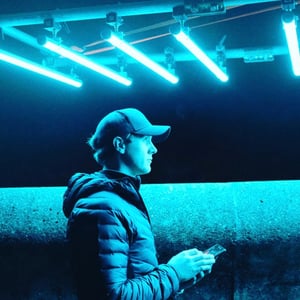
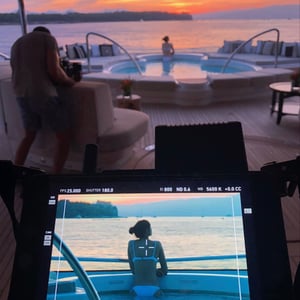
Personal
When inspiration is waning, when creativity is sapped, how do you stay inspired?
Early in our careers, we became adherents to 'the grind'. We were working every day, fearful of turning down opportunities. That attitude carried us a long way for several years until, inevitably, we began to burn out. Our creativity was diminishing, our passion was running low, and it was getting harder and harder to do our best work. As we stepped into the next stage of our careers, we realised the power of taking time away from work to rest and immerse ourselves in the other parts of our lives. This actually ignites your creativity and passion. Now we're less afraid to turn down a project if we're not going to bring our best to it. Meaning when we do choose to work on something, we can give it everything we have.
How do you know when your story is finished and it's time to walk away?
One advantage of working primarily in commercials and fashion is there's always a deadline. This keeps the perfectionists within us in check and helps maintain perspective on the project as a whole.
What non-film medium inspires your work?
Everything. Paintings, music, photography, books, podcasts, sculpture, life in general. Film brings all mediums together; anything and everything can contribute.
Is the evolution of your style a conscious or subconscious process?
Largely subconscious. Aside from the broad values that guide us, everything originates from the story so, the style for any given project is led by the brief that is initially given. Our style on the whole, therefore, is a combination of the kinds of projects we're drawn to and the one's we're ultimately offered. That being said, we love making cinematic, immersive, emotive films that take the audience somewhere they haven't been before.
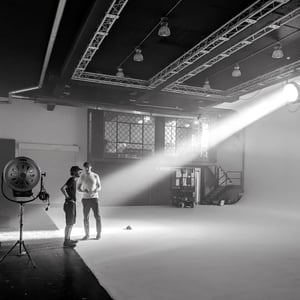
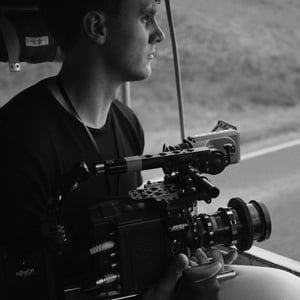
How do you balance meeting commercial objectives without sacrificing your art?
We don't feel like working in commercials has to mean sacrificing your art. We love our jobs and count ourselves as incredibly lucky to spend our days making films, whether they're pursuing our own creative development, from a desire to tell a specific story or for a client's commercial goal. No matter the intention, intention makes the creative decisions we make artful.
What's going on in your world when you're not looking through a lens?
When not working on a project, Michael - Kaine step into their own entirely separate alter-egos, Michael O'Connor and Kaine Horey. Under these guises, they enjoy such past times as wakeboarding, climbing, skiing, learning to be stunt drivers, exercising, travelling, riding motorbikes, spending time with friends, absorbing art, and long walks on the beach.
What's your advice for emerging filmmakers wanting to make their stamp in the industry?
Get a camera and learn about every part of making a film. It will help you find out what you want to do and, when you know, it will help you communicate with everyone else working alongside you.
What are you most looking forward to with your adventure with The Gate?
Meeting and working with a whole new wealth of clients is always exciting. We can't wait to get pitching and making films alongside the enormously capable and experienced team at The Gate.
Want to see more of Michael - Kaine's work? Click here to check out their director’s page.